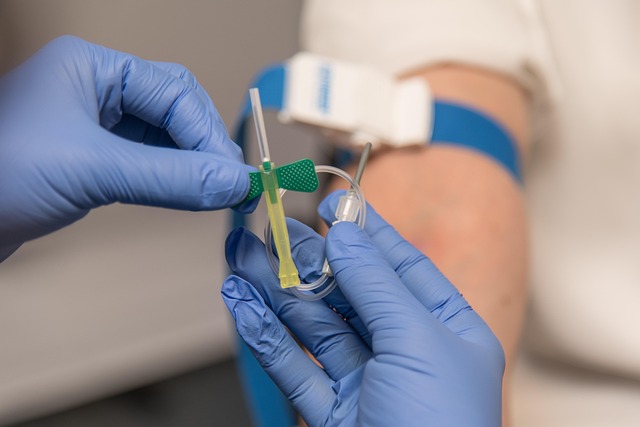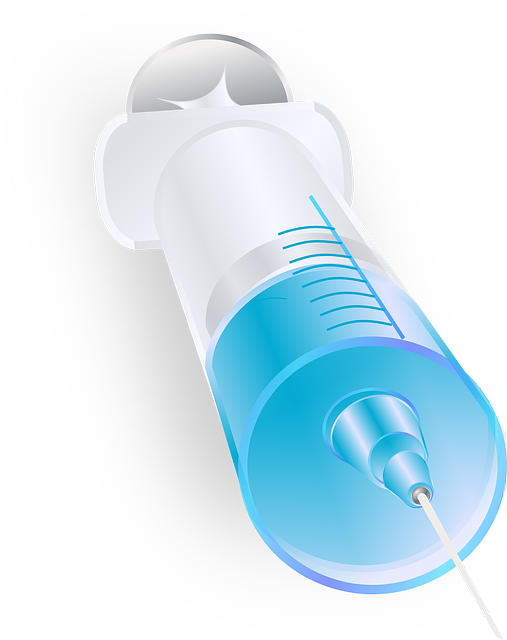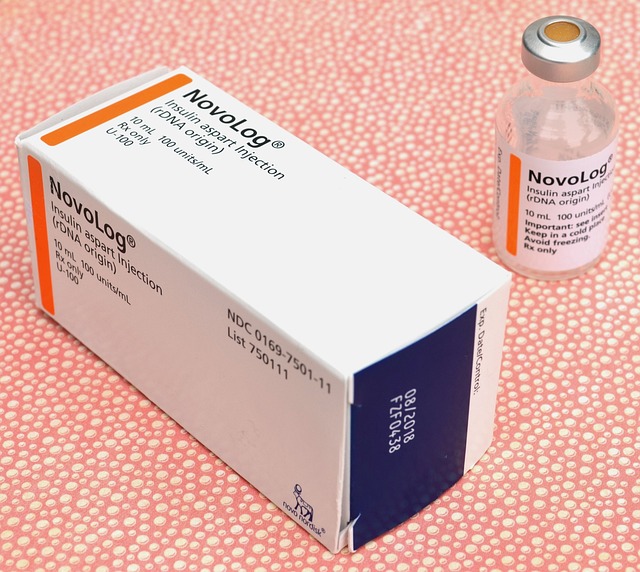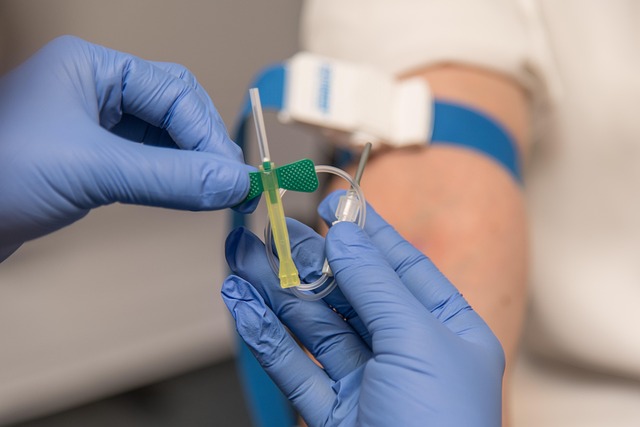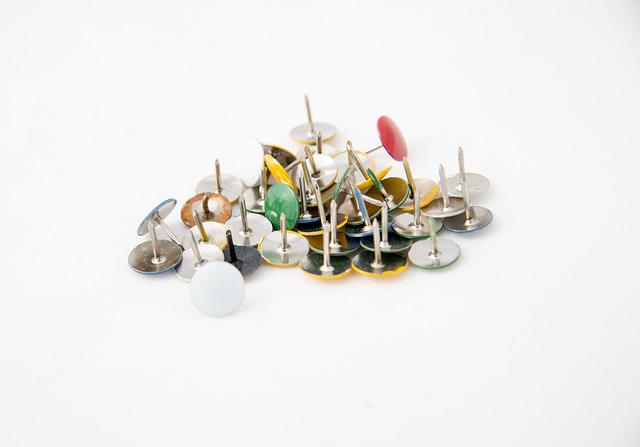Eagle ID Neural Therapy is a non-invasive treatment for Idiopathic Thoracic Insufficiency (ITI), modulating the nervous system to enhance lung function and ease breathing. It's effective for Eagle Syndrome too, alleviating headaches, facial pain, and jaw issues. The personalized process involves diagnostics, targeted injections, post-procedure care, and check-ins. Choosing a clinic with experienced practitioners and positive reviews is vital for successful recovery.
“Unveiling the transformative power of top-rated Eagle ID Neural Therapy in Idaho, this comprehensive guide delves into the cutting-edge treatment revolutionizing neurocare. From understanding the fundamentals of Eagle ID Neural Therapy and its benefits to exploring success stories, we dissect the process step by step. Learn what to expect during and after the procedure and discover how to choose the ideal clinic for your journey towards improved neurological health. Embrace a new you with enhanced focus and clarity.”
- Understanding Neural Injection Therapy for Eagle ID
- Benefits and Success Stories in Eagle ID Treatment
- The Process: What to Expect During and After the Procedure
- Choosing the Right Clinic for Your Eagle ID Neural Therapy
Understanding Neural Injection Therapy for Eagle ID
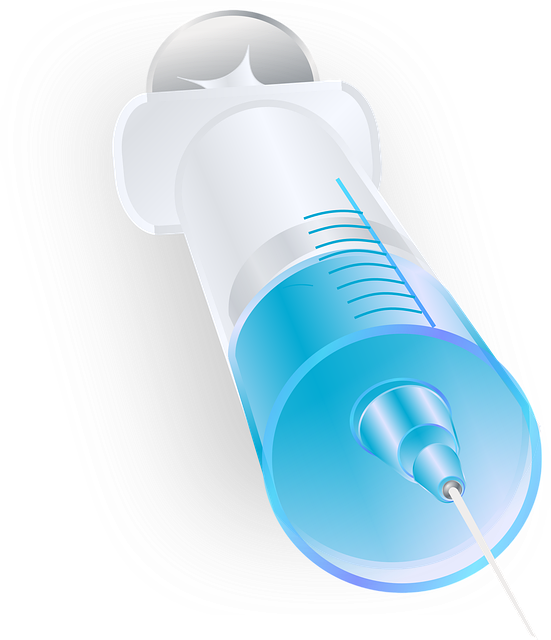
Neural Injection Therapy for Eagle ID is a specialized treatment approach designed to address and rectify symptoms associated with this unique condition. Eagle ID, or Idiopathic Thoracic Insufficiency (ITI), is a rare respiratory disorder characterized by reduced lung capacity and limited chest expansion. This therapy involves the strategic injection of substances into specific neural targets in the body, aiming to modulate the nervous system’s response to enhance lung function and overall breathing ease.
The process leverages the connection between the nervous system and the respiratory muscles, targeting areas that contribute to lung inflation and exhalation. By carefully administering injections near these neural pathways, therapists can potentially improve lung mechanics, increase chest wall mobility, and reduce symptoms like shortness of breath and exercise intolerance. This non-invasive method offers a promising alternative for individuals seeking relief from Eagle ID’s debilitating effects, with the added benefit of avoiding surgical risks.
Benefits and Success Stories in Eagle ID Treatment

Neural Injection Therapy for Eagle Syndrome, or Eagle ID, has shown remarkable benefits and success rates in treating this often debilitating condition. The therapy involves targeted injections to alleviate pressure on the nerves and blood vessels affected by the abnormal bone growth at the base of the skull. Many patients have reported significant improvements after treatment, including reduced pain, improved mobility, and a higher quality of life.
Success stories abound, with individuals who once struggled with severe headaches, facial pain, and limited jaw movement now experiencing relief and regaining control over their daily activities. Eagle ID Neural Therapy has proven to be a game-changer for many, offering a non-surgical solution that can provide lasting results. This advanced treatment approach is transforming the way healthcare professionals manage Eagle Syndrome, providing hope and improved outcomes for those affected by this rare yet significant medical condition.
The Process: What to Expect During and After the Procedure
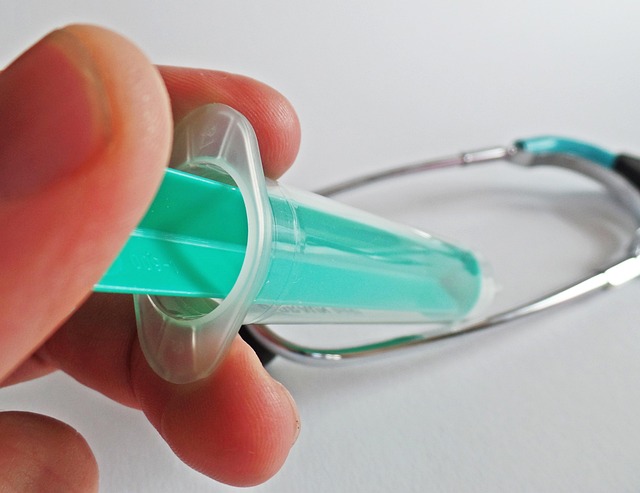
During an Eagle ID Neural Therapy procedure, patients can expect a meticulous and tailored approach designed to deliver precise results. The process begins with a comprehensive consultation where healthcare professionals thoroughly assess the patient’s medical history and specific needs. Advanced diagnostic tools may be employed to pinpoint areas of focus. Once ready, the therapy involves the careful injection of specialized substances into targeted neural pathways. These injections are administered by highly skilled practitioners using advanced techniques to ensure accuracy and minimize discomfort. The actual procedure is often swift, with most sessions lasting between 30 minutes to an hour.
Following the treatment, patients can anticipate a period of recovery and adjustment. It’s common to experience mild temporary symptoms like slight pain or inflammation at the injection sites. However, these typically subside quickly. Healthcare providers will offer post-procedure guidance, including recommendations for rest, hydration, and any necessary medications. Regular check-ins with the treatment team may be scheduled to monitor progress and adjust the therapy plan as needed. With proper aftercare, many individuals report significant improvements in their overall well-being, mobility, and pain management.
Choosing the Right Clinic for Your Eagle ID Neural Therapy

When considering Eagle ID Neural Therapy, selecting the appropriate clinic is a pivotal step in your journey towards recovery. Look for a facility that boasts experienced and certified practitioners who are specialized in this precise form of therapy. Reputable clinics will have a proven track record of success and positive patient outcomes, ensuring you receive the highest level of care.
Additionally, assess the clinic’s environment and amenities. A clean, comfortable, and welcoming space can significantly impact your overall experience. Consider factors like accessibility, parking availability, and even the clinic’s online presence and reviews to gauge their dedication to patient satisfaction. Choose a place that feels right, where you can trust the professionals to guide you through every step of the therapy process.
Neural Injection Therapy has emerged as a game-changer in treating Eagle Syndrome, or Eagle ID. By targeting specific neural pathways, this advanced procedure offers significant benefits and success rates that surpass traditional methods. When choosing a clinic, opt for reputable centers specializing in Eagle ID Neural Therapy to ensure safe, effective, and personalized care. This innovative treatment option promises a brighter future for those seeking relief from this challenging condition.
